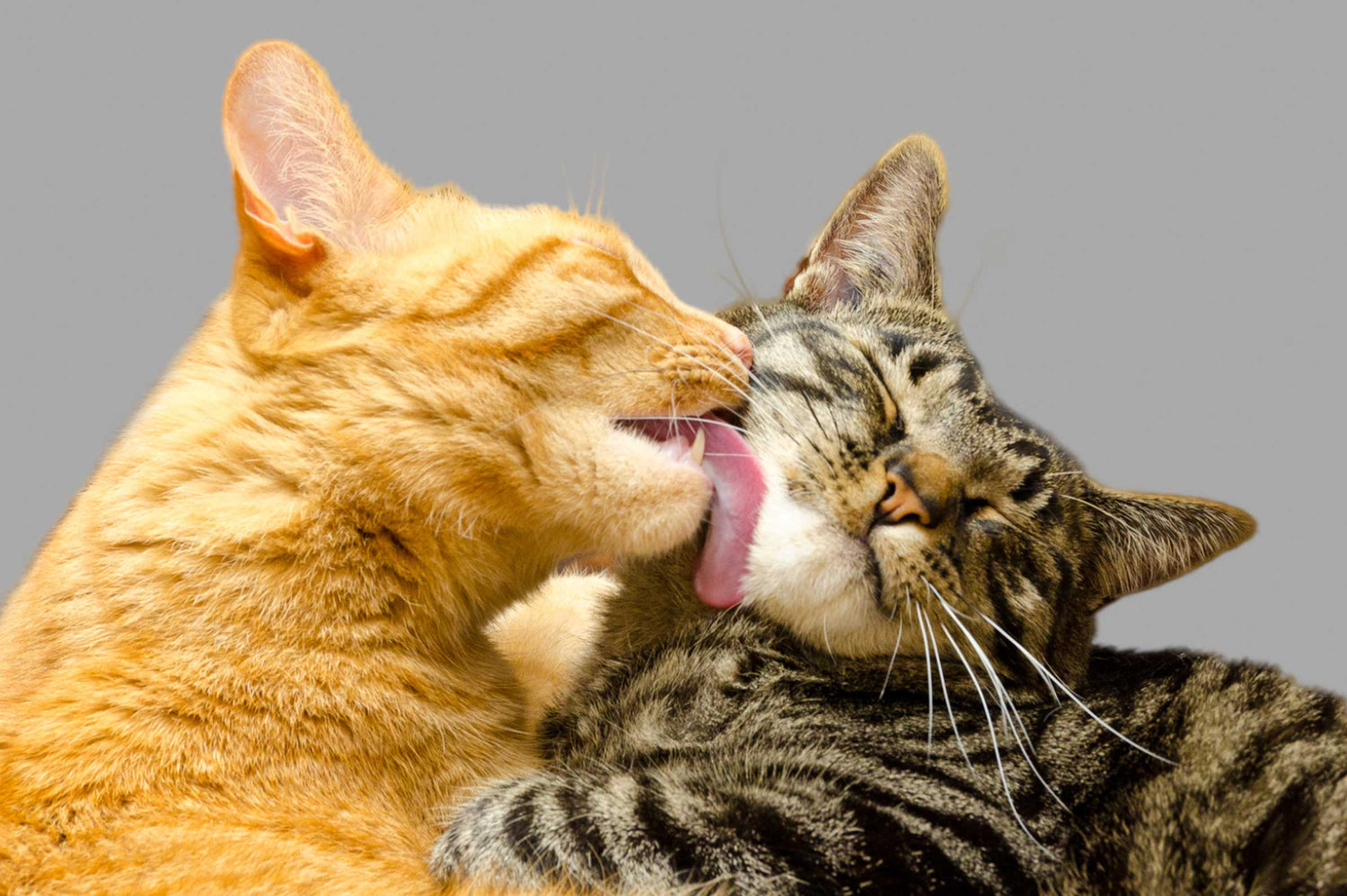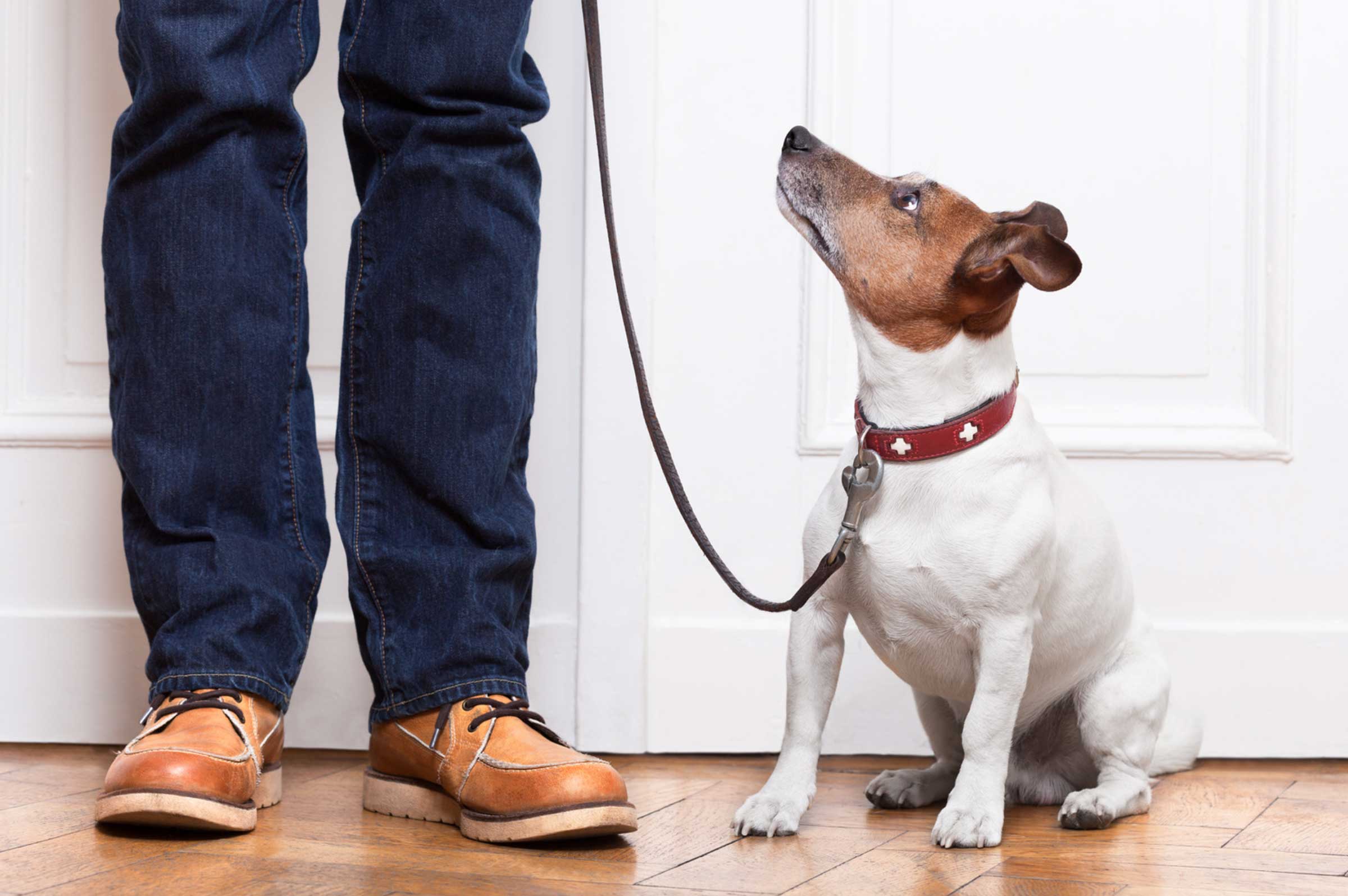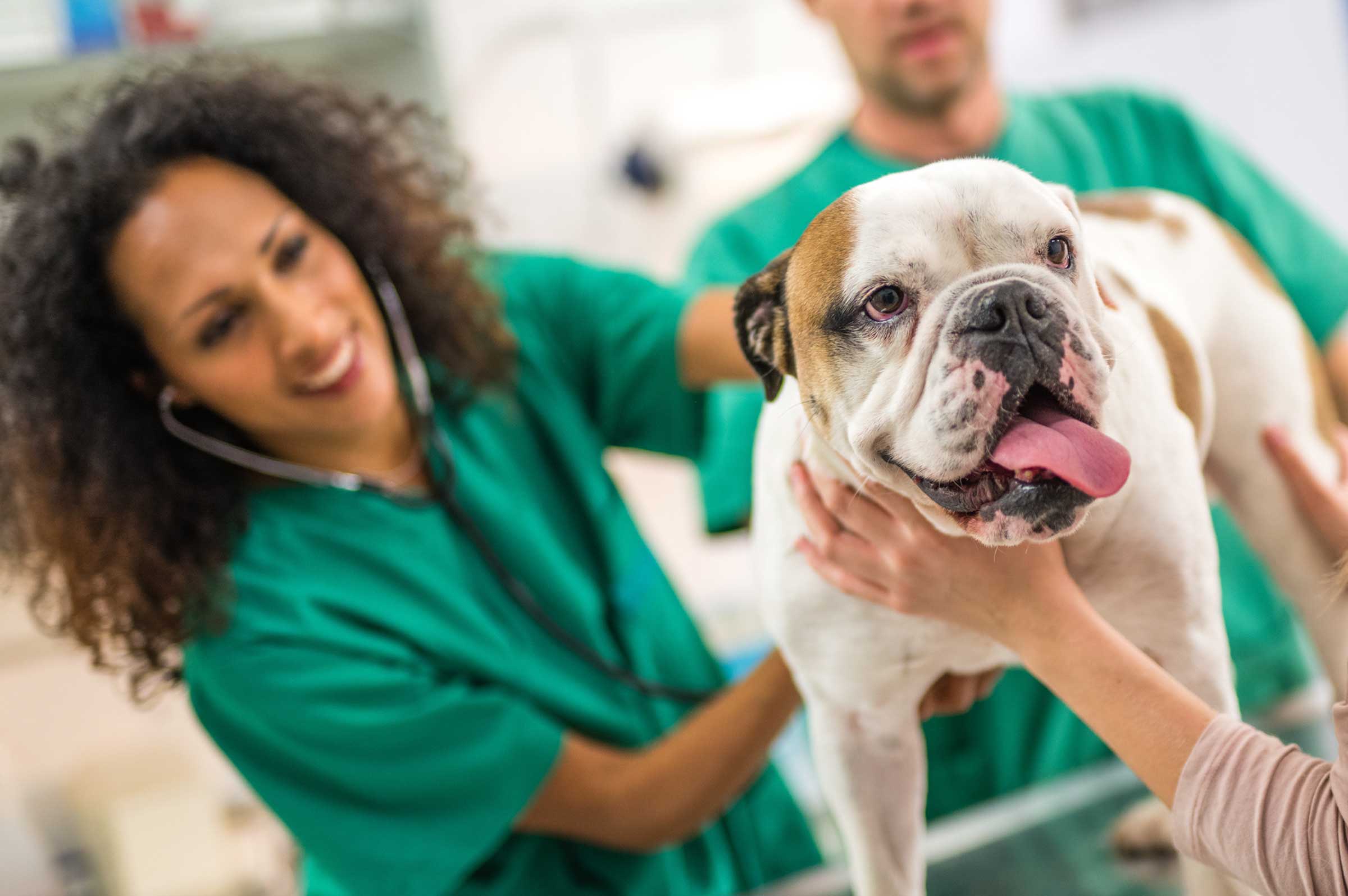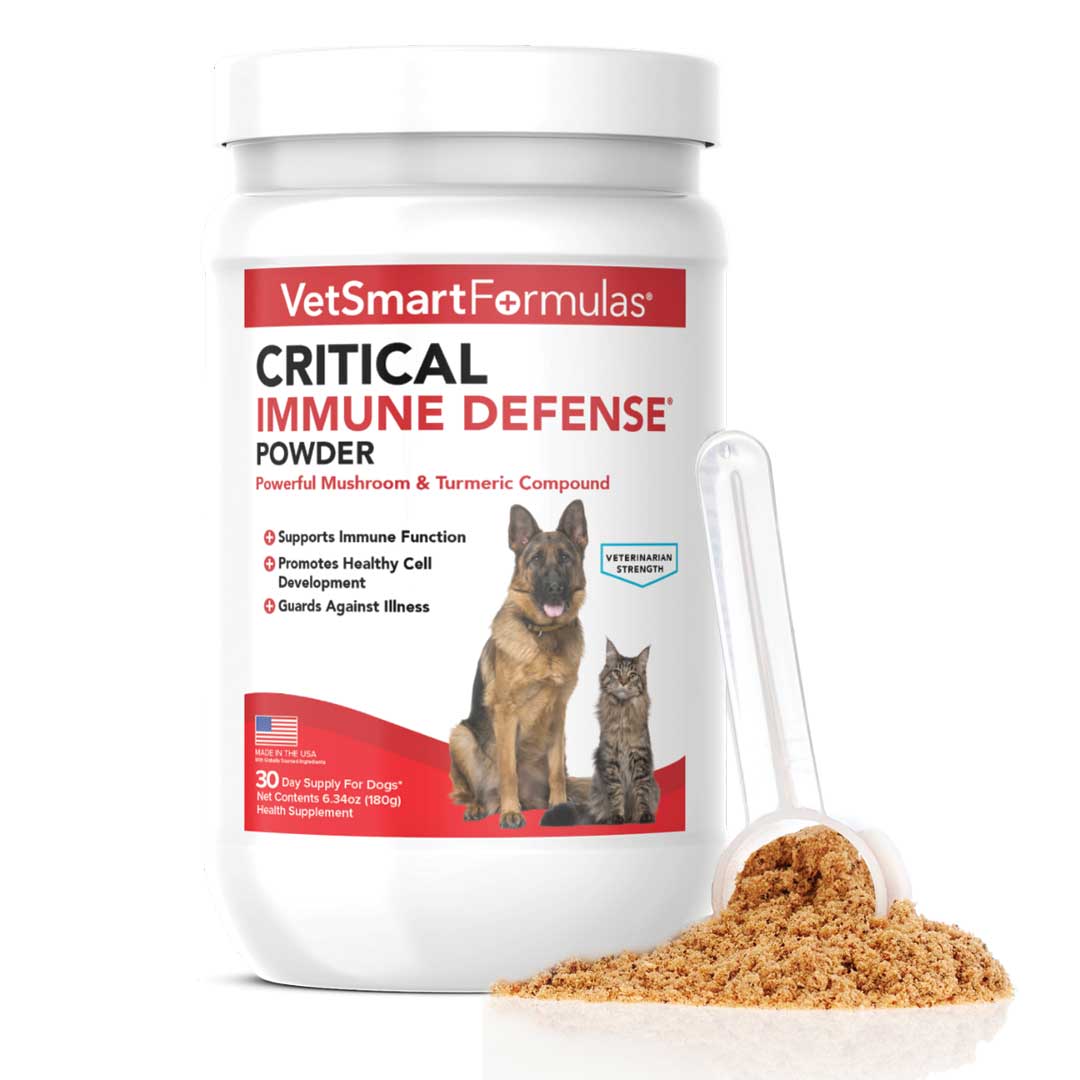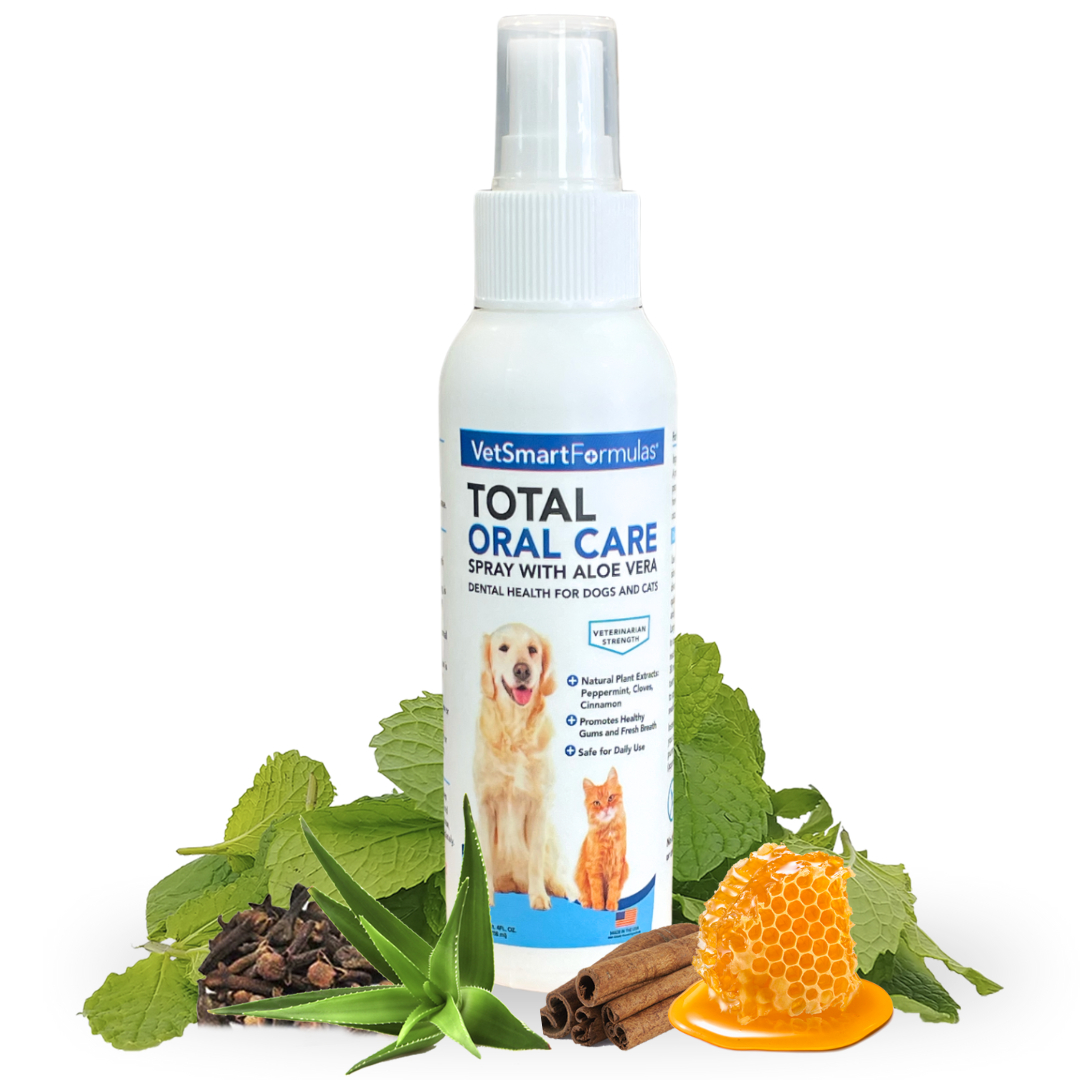Cats are often seen as mysterious and independent creatures, leaving many owners wondering how their feline friends truly feel about them. Understanding your cat's way of showing affection can deepen your bond and enhance your relationship. Recognizing these signs can turn moments of confusion into opportunities for connection.
In this article, we'll look at the top indicators that your cat loves you. By learning to read their unique behaviors and signals, you'll be able to appreciate the special relationship you share with your furry companion.
Purring and Kneading: The Sounds and Motions of Love
One of the most recognizable signs of a cat's affection is purring. When your cat curls up on your lap and emits that gentle rumble, it's a clear indication of contentment and trust. Purring is often associated with positive experiences and feelings, signaling that your cat feels safe and happy in your presence.
Kneading, sometimes called "making biscuits," is another affectionate behavior. When your cat presses their paws into you rhythmically, they're expressing comfort and pleasure. This action harks back to kittenhood when they would knead their mother to stimulate milk flow, symbolizing a deep-seated sense of security with you.
Slow Blinking and Eye Contact: Feline Kisses
Cats communicate a great deal through their eyes. If your cat gazes at you and gives a slow blink, consider it a "cat kiss." This gesture signifies relaxation and trust, showing that your cat feels at ease around you. Maintaining eye contact without appearing threatening is a profound way cats show affection.
Responding with your own slow blink can reinforce this bond. By mirroring their behavior, you communicate in a language they understand, strengthening the connection between you and your feline friend.
Head Butting and Rubbing: Marking You as Family
When your cat head butts or rubs against you, they're marking you with their scent glands located on their head and cheeks. This behavior, known as bunting, is a way for cats to claim you as part of their social group. It's a sign of acceptance and belonging, indicating that they consider you family.
These actions also release pheromones that promote a sense of familiarity and comfort. By allowing and reciprocating this behavior, you nurture the affectionate relationship and affirm your place in your cat's inner circle.
Bringing Gifts: Sharing Their Success
Though it might be unsettling to find a toy—or even a small creature—left at your feet, this is your cat's way of sharing and caring. Bringing gifts is a natural instinct rooted in hunting behavior. By presenting you with these offerings, your cat includes you in their world and shows appreciation.
Understanding this gesture as a sign of love can help you respond positively. Acknowledging their gift reinforces your bond and shows your cat that their efforts are valued.
Following You Around: Seeking Your Company
If your cat often follows you from room to room, they're expressing a desire to be near you. This behavior demonstrates that they enjoy your company and feel secure when you're around. Whether they're watching you cook or sitting nearby as you work, their presence is a sign of affection.
Cats are independent, but they also appreciate companionship. Engaging with them during these times can enhance your relationship and provide mental stimulation for your pet.

